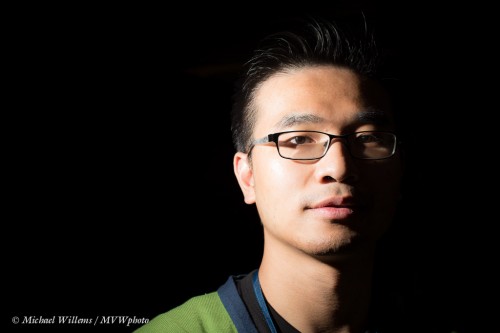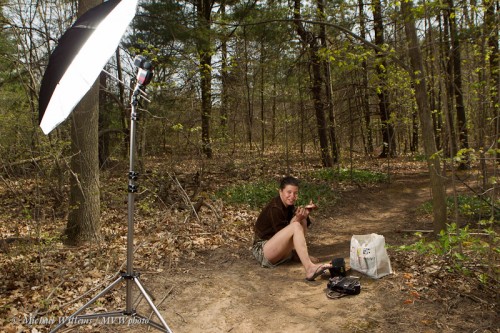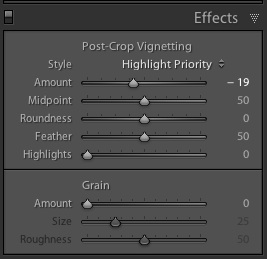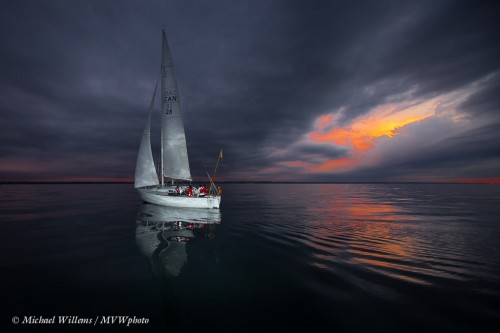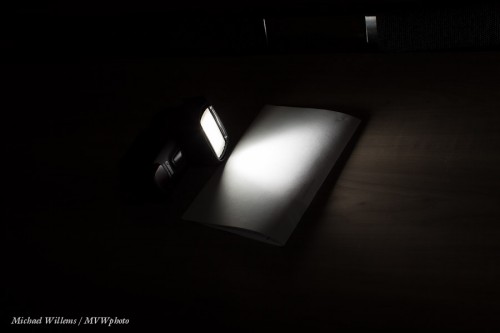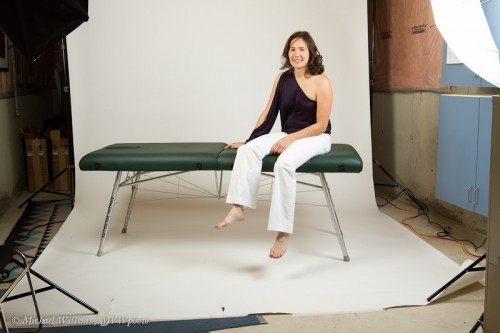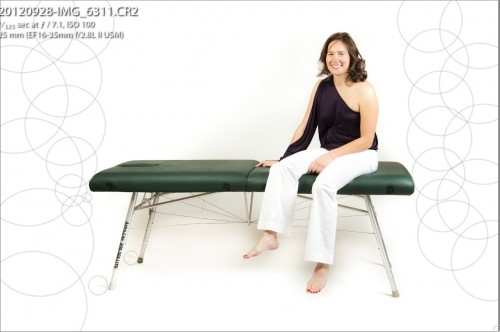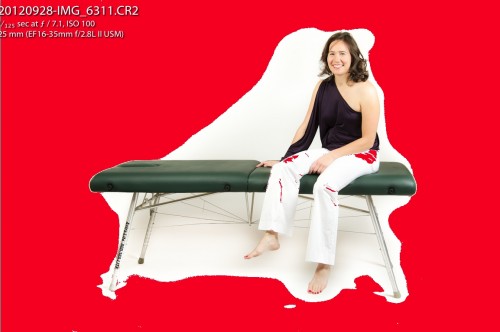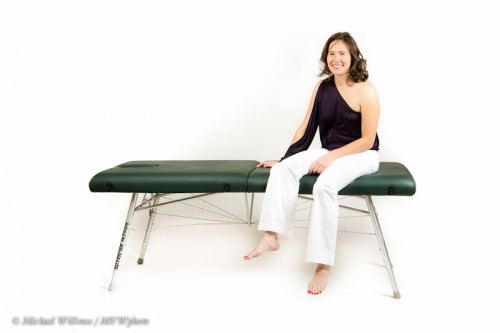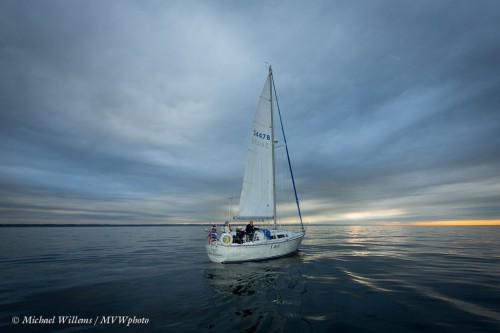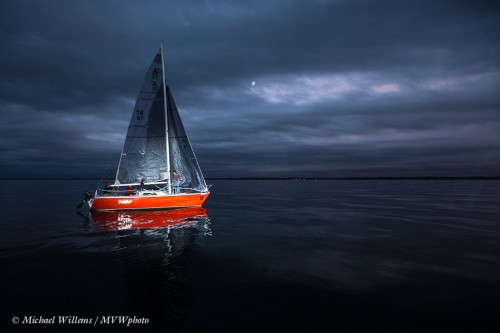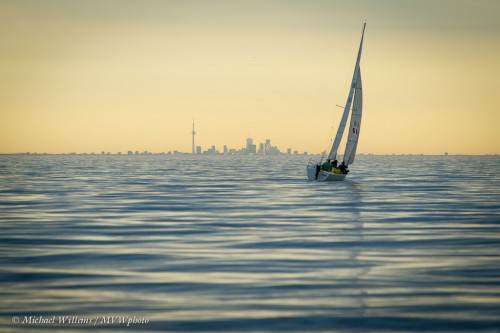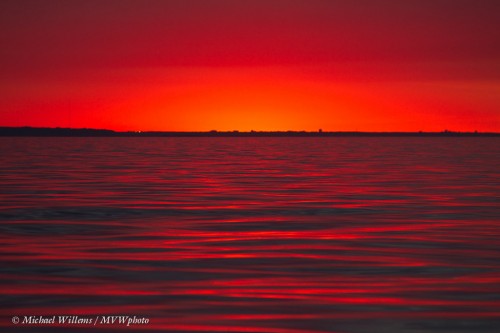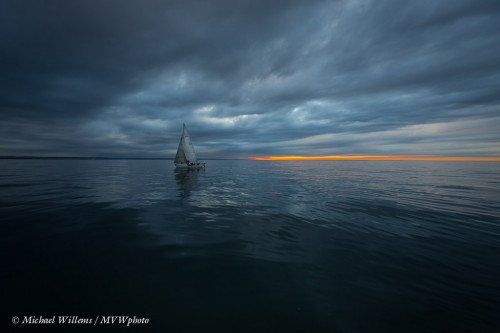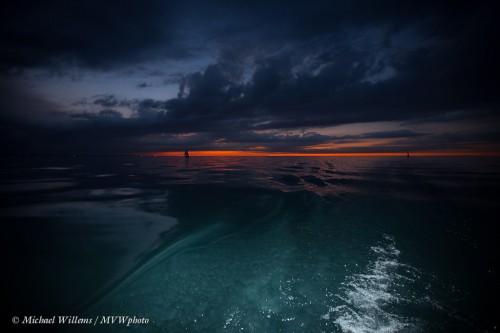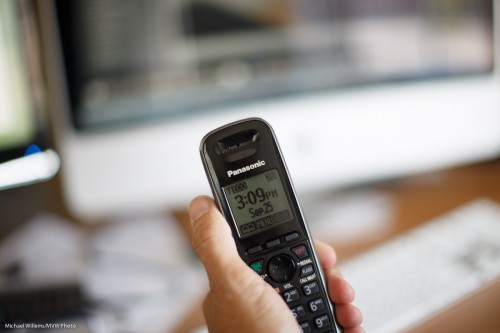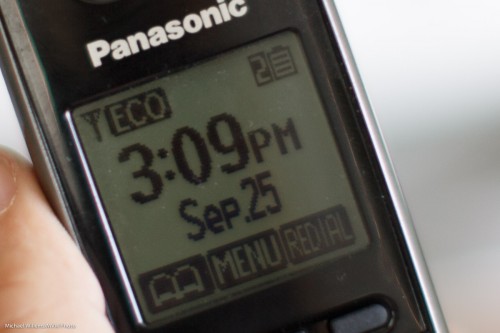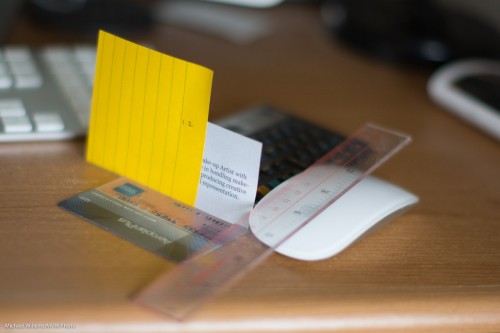For new readers especially, allow me to share a few Q&A notes with you…

Q: Why do you do this teaching site? And why is it free? A: because I believe in giving back. I teach photography, as you know, all over the world, from Toronto to Las Vegas to Europe; I teach at Sheridan College; at Vistek in Mississauga, and I teach and coach privately. This daily article is an extension of that. Free, because I am giving back. But also because I hope you will all tell your friends to follow this. And because I know that some of you will then use my services.
Q: what services do you provide? A: Photography and teaching. Teaching, because just a few lessons will help you master those aspects of craft of photography that you really need to learn. And photography: I shoot events (weddings, parties, bar/bat mitzvahs, christenings, corporate events, and so on); portraits (engagement shoots; corporate portraits; portraits for your LinkedIn, web site, of Facebook; family portraits, and so on). I also shoot industrial and product. With my wide range of equipment and skills, I can manage anything. See www.michaelwillems.ca for more information.
For wedding and family photos go here:

Q: Why is flash so prominent in your writing? A: Because it is my specialist subject – I teach people flash all over the world – but mainly because it is beautiful light once you know how it works. As in this photo of my frequent model; taken with one camera, one lens, and one off-camera small flash in an umbrella. Very very simple, and good right out of camera.
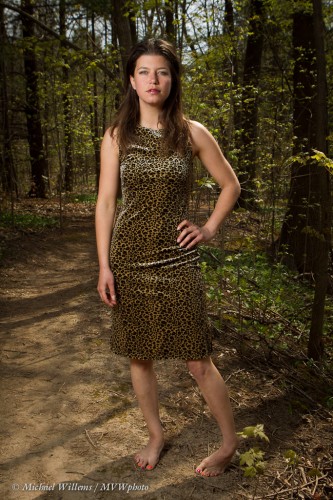
Q: Do you really do a daily post? A: yes. I may sometimes miss a day or two, but in that case I make up for it later by posting more. A post for every single day of the year so far. If I get tired of that I will slow down, but who gets tired of photography? It’s fun!
Q: Any special offers? A: glad you asked. Yes, I have autumn specials on right now for both individual teaching, group teaching, and photography. Contact me to hear trhe details.
Q: Can I repost this material? A: I will typically give you permission but only if I am fully credited; and it does depend on the purpose, location, etc. Just drop me an email to ask!
Q: Can I ask you a question? A: Yes please. I welcome your questions (send email to michael@michaelwillems.ca) and if interesting to others, will answer them on speedlighter.ca! Please also feel free at any time to comment on my posts (the little link at the bottom).
___
Back to regular programming!

